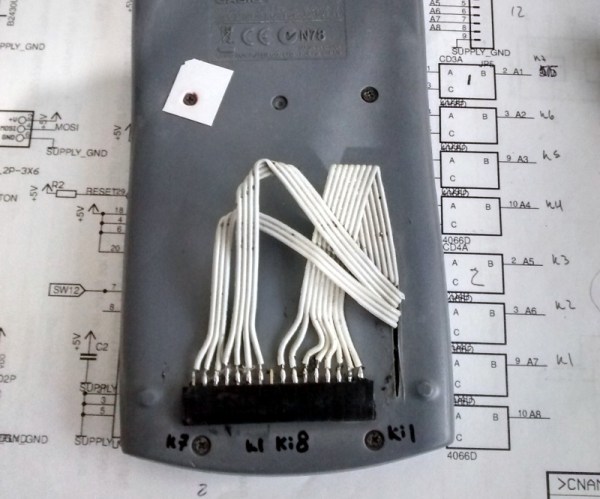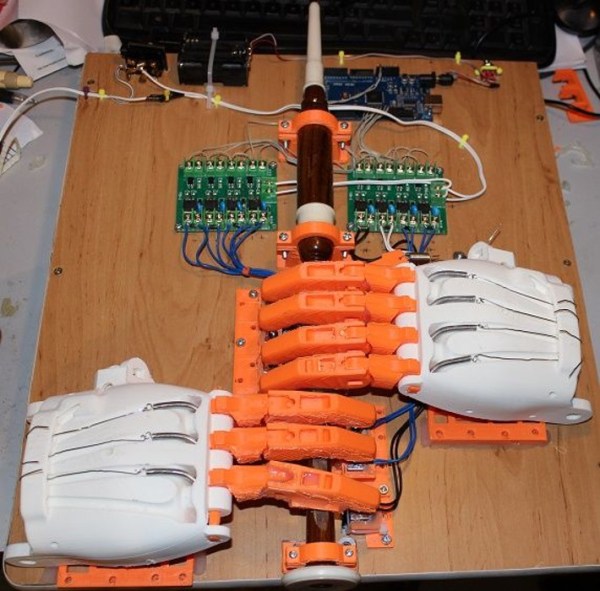Just before the dawn of the PC era, IBM typewriters reached their technical zenith with the Wheelwriter line. A daisy-wheel printer with interchangeable print heads, memory features, and the beginnings of word processing capabilities, the Wheelwriters never got much time to shine before they were eclipsed by PCs. Wheelwriters are available dirt cheap now, and like many IBM products are very hackable, as shown by this simple Arduino interface to make a Wheelwriter into a printer.
[Chris Gregg] likes playing with typewriters – he even got an old Smith Corona to play [Leroy Anderson]’s The Typewriter – and he’s gotten pretty good with these largely obsolete but lovable electromechanical relics. Interfacing a PC to the Wheelwriter could have been as simple as scrounging up an original interface card for the machine, but those are like hen’s teeth, and besides, where’s the sport in that? So [Chris] hooked a logic analyzer to the well-labeled port that would have connected to the interface card and reverse engineered the somewhat odd serial protocol by banging on keys. The interface he came up with for the Wheelwriter is pretty simple – just a Light Blue Bean Plus and a MOSFET to drive the bus high and low for the correct amount of time. The result is what amounts to an alphanumeric printer, but with a little extra code some dot-matrix graphics are possible too.
Having spent a lot of time reverse engineering serial comms, we can appreciate the amount of work this took to accomplish. Looking to do something similar but don’t have the dough for a logic analyzer? Maybe you can free up $22 and get cracking on a similarly impressive hack.
Continue reading “Vintage IBM Daisywheel Prints Again After Reverse Engineering”


















